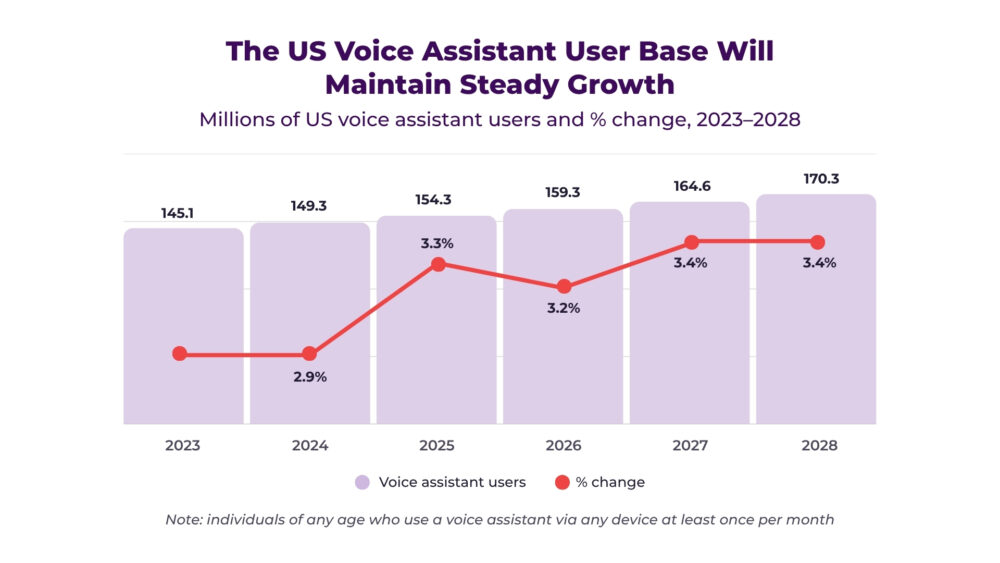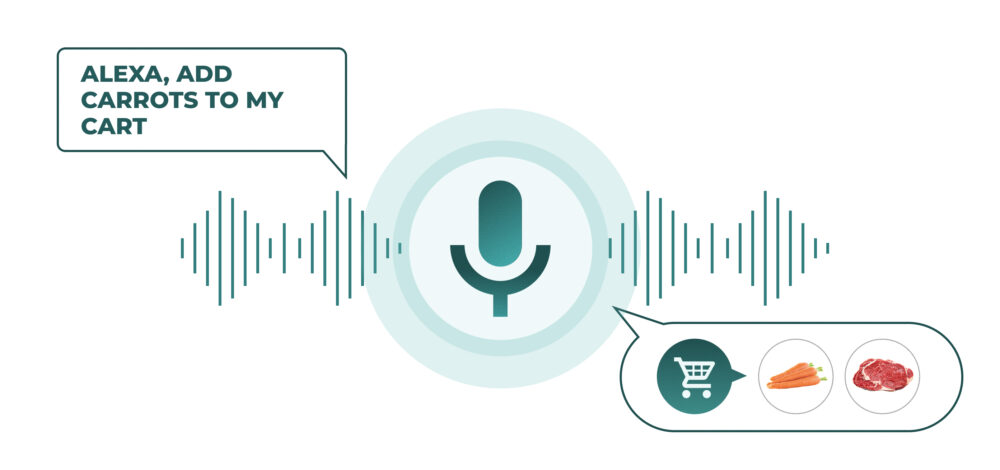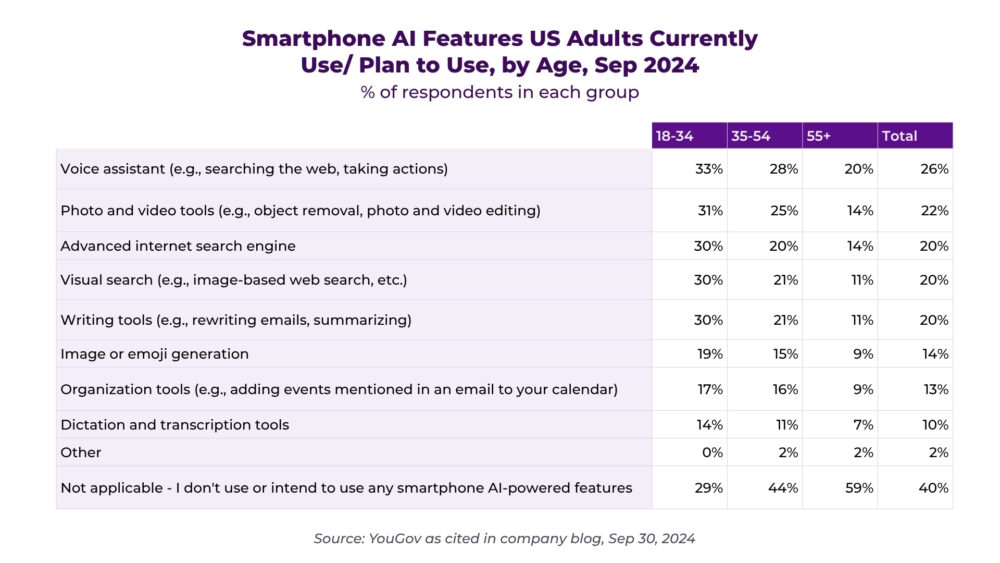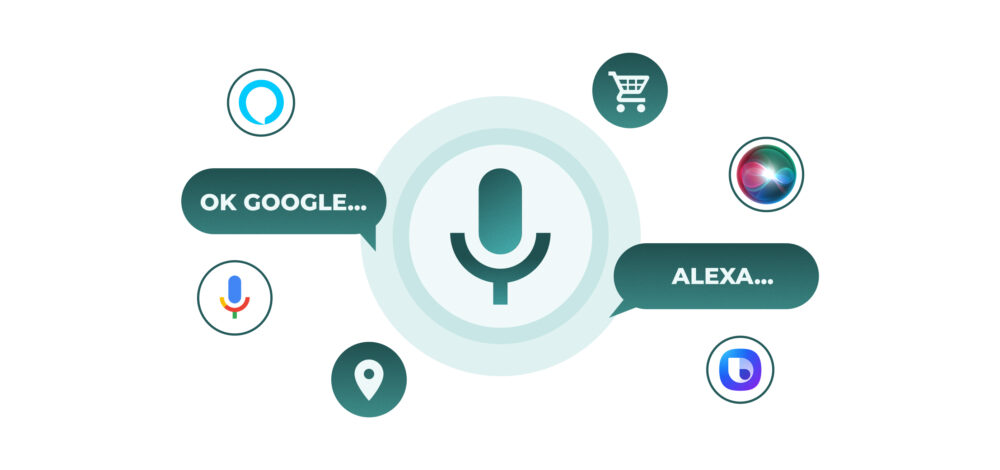Voice Optimisation: Preparing your Digital Shelf for Virtual Assistant Searches
Introduction: “Ok Google, where can I buy…?“
Picture this. It’s 8 a.m. and Rafael is making breakfast while his young daughter plays in the living room. Without looking up from the frying pan, he says aloud: “Ok Google, where can I buy men’s running shoes for under 60 euros?“. His virtual assistant immediately replies with three specific options, including prices and nearby availability.
This scene plays out millions of times every day in homes around the world. Consumers have adopted voice search as a natural way to find products and services. However, there is a silent but critical problem in this digital ecosystem. Countless brands and retailers never appear in these responses. Their products remain invisible to these virtual assistants. While consumers are asking and searching, these companies are losing out on sales opportunities they don’t even know exist.
The solution lies in understanding and optimising the Digital Shelf for searches made by virtual assistants. The Digital Shelf represents all the points where your products can be discovered online, from search engines to marketplaces and mobile apps. Now, it must evolve to include voice searches.
The figures are compelling. According to recent studies, 58% of consumers between 25 and 34 use voice search at least once a day. 43% of consumers over 55 do so weekly. Even more strikingly: voice commerce will reach $151 billion in 2025 and increase to more than $420 billion in 2029. Brands that do not prepare for this change will be left literally speechless in the future of digital commerce.
Source: Voice Commerce Global Market Report 2025 – The Business Research Company
Understanding the New User Intent
Keys to voice search
Voice searches are expected to account for an ever-increasing proportion of total searches in the coming years. According to forecasts, the voice assistant market will add more than 20 million new users in the United States alone by 2028 and will reach a value of nearly $32 billion in 2033.
Source: Voice Assistant User Forecast 2024 – eMarketer
At the same time, the use of artificial intelligence and sales of connected devices continue to grow, indicating that consumers are increasingly familiar with and have greater access to voice search technology.
Voice search has completely transformed the way users express their needs. This transformation requires us to rethink our digital visibility strategies from the ground up. When we type into a search engine, we tend to be concise and direct. We use short, specific keywords like “cheap running shoes” or “Samsung mobile deal”. Our brain adapts to the written search format, removing articles and connectors to get to an answer quickly.
Voice search works completely differently. When we speak to a virtual assistant, we use our natural, conversational language. Queries become longer and more specific: “what are the best running shoes for under 50 euros?” or “where can I find a Samsung mobile with a good camera that isn’t too expensive?”. This difference is not just cosmetic. It represents a fundamental shift in search intent. Voice queries are usually more specific and closer to the point of purchase. When someone asks by voice, they have normally already passed the initial research phase and are looking for concrete, actionable answers.
How virtual assistants process voice searches
Virtual assistants also process these queries differently. They don’t show a results page with ten blue links. Instead, they provide a direct, specific answer. This answer often comes from what Google calls “Featured Snippets”, also known as “Position Zero”.
Position Zero has become the holy grail of voice search. When Google identifies a query that can be answered directly, it extracts a snippet of content from a web page and displays it at the top of the results, even before the first traditional organic result. Voice assistants read out this exact content when responding to user queries.
Achieving Position Zero for relevant queries in your industry is practically a guarantee of being the answer users hear when they ask questions by voice. This makes optimising for Featured Snippets a fundamental strategy for any brand that wants to be visible in voice searches.
The conversational nature of voice search also means that users tend to ask more specific questions about location. Queries like “where can I buy this near me?” or “what shop has this product open now?” are extremely common. This makes local optimisation critical for success in voice search.
How this affects your Digital Shelf
The concept of the Digital Shelf has traditionally focused on optimising product detail pages on marketplaces like Amazon, on e-commerce category pages and in visual search results. The arrival of voice search expands this concept and requires new optimisation strategies.
Your Digital Shelf must now consider how your products appear when users ask conversational questions. This means that every piece of information about your products must be structured so that it can be easily interpreted and communicated by a virtual assistant.
Product descriptions, which were previously optimised for human readers and traditional search engines, must now be understandable to natural language processing algorithms. These algorithms look for clear, direct answers to specific questions.
For example, if you sell cameras, your Digital Shelf must be prepared to answer questions like “what is the best camera for beginners for under 300 euros?” or “which camera has the best image quality for travelling?”. The information must be structured in such a way that virtual assistants can extract precise and useful answers.
AI and Conversational Assistants on the Digital Shelf
Artificial intelligence is revolutionising the way consumers interact with the Digital Shelf. Conversational assistants are not simply voice search tools; they are intelligent interfaces that learn, reason and make decisions about which products to recommend.
As we can see in the following chart, voice assistants are the most-used Artificial Intelligence feature among adults in the United States today:
Source: Voice assistants are most popular AI-powered smartphone feature among adults – eMarketer, 2024
The AI algorithms behind these assistants analyse multiple factors simultaneously. They evaluate the product’s relevance to the query, the quality and completeness of the available information, reviews and ratings from other users, availability and price, and even the shopping history and preferences of the user making the query. This complexity means that optimising for conversational assistants goes beyond simply including keywords. It requires a holistic strategy that considers all the elements that contribute to a product’s “authority” in the digital ecosystem.
Personalisation of the conversational experience
Conversational assistants are also evolving towards more personalised experiences. Google Assistant, Alexa and other systems are learning users’ individual preferences. This means that two people can ask the same question and receive different answers based on their history, location and known preferences.
For brands, this presents both opportunities and challenges. On the one hand, it offers the chance to connect with consumers in a more relevant and personalised way. On the other hand, it requires more sophisticated optimisation strategies that consider multiple variables and contexts.
The key is to provide rich, accurate and well-structured information about your products. Conversational assistants reward completeness and accuracy. A product with detailed information, high-quality images, clear technical specifications and authentic reviews is much more likely to be recommended than one with limited or unclear information.
Assistants also value consistency of information across different platforms. If your product appears on your website, on Amazon, on Google Shopping and on other channels, the information must be consistent and up-to-date across all of them. Discrepancies in prices, availability or specifications can cause assistants to avoid recommending your products.
Integration with delivery services and local availability is also becoming increasingly important. Conversational assistants can check in real time if a product is available for immediate delivery or in-store collection, and this information significantly influences their recommendations.
Conclusion
The shift from text-based searches to conversational queries represents more than just a technical evolution. It’s a return to the natural way humans ask questions and search for information. Virtual assistants are simply making it easier for us to interact with technology in the most intuitive way possible.
Preparing for this future requires a deep understanding of how voice search works, what conversational assistants value, and how to structure information to be discoverable and recommendable. It is not just about adding long-tail keywords to your content; it is about completely rethinking how you present your products in the digital ecosystem.
Brands that act now will have the opportunity to establish themselves as authorities in their categories before the competition intensifies. Those that wait may find themselves struggling to regain visibility in a landscape increasingly dominated by conversational searches.
The time has come to go beyond theory and put what you’ve learned into practice. Review your current Digital Shelf, identify areas for improvement and define a strategy focused on voice search. In our next article, we will guide you step by step through the entire process with clear and simple instructions. Don’t miss it!








